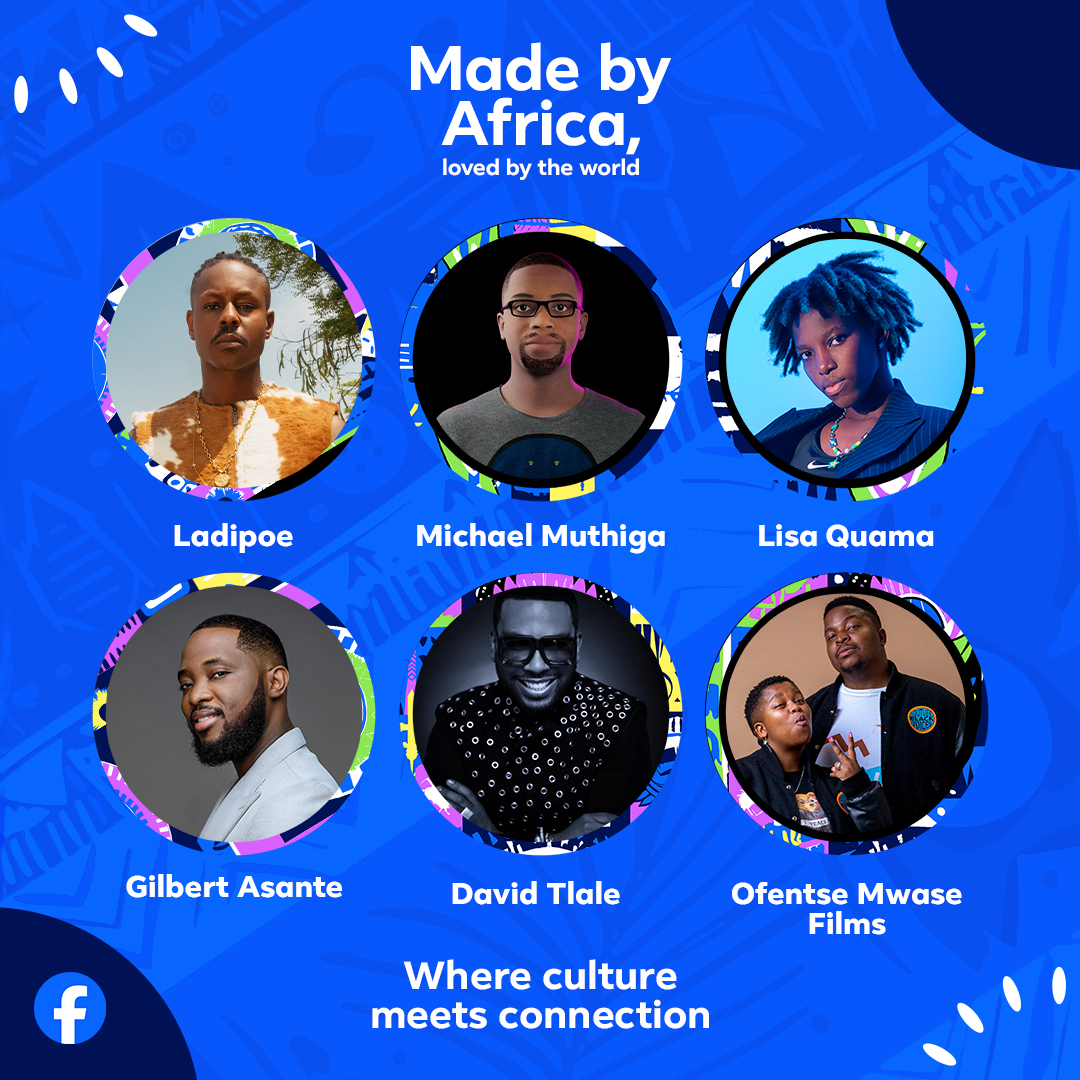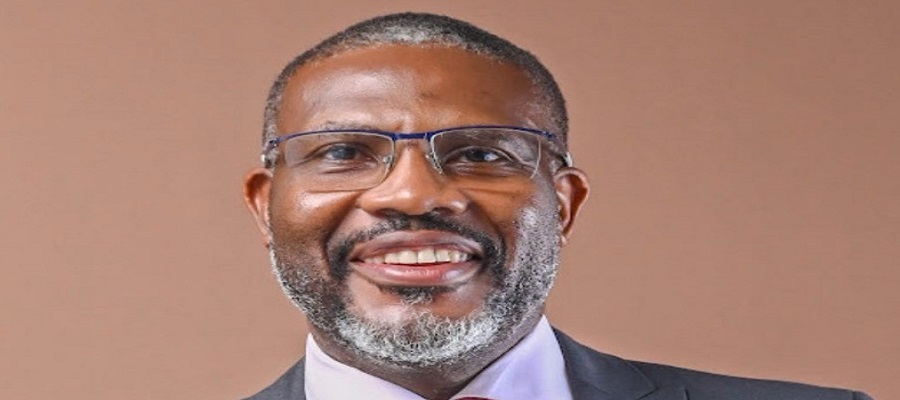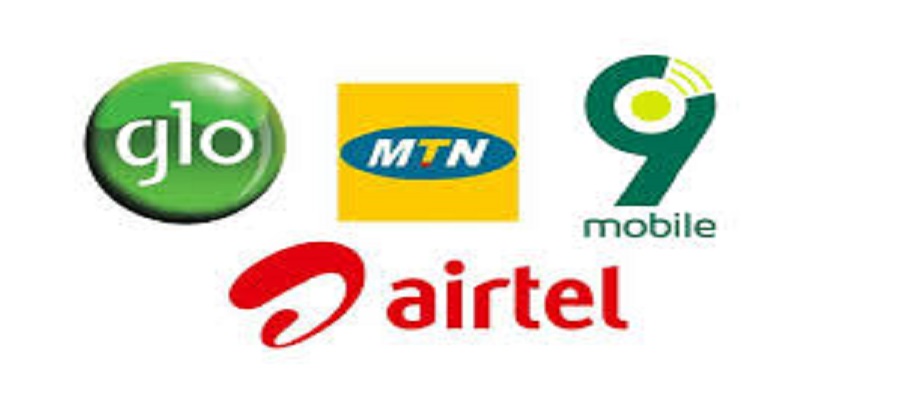Telecom
5G Remains a Pretty Distant Dream for Majority of Africa’s Mobile Users – Report
In 2020, 3G will still be more popular than 5G. That’s according to mobile analytics company Opensignal in its mobile network experience predictions for next year.
“In the world of telecoms, 2019 will probably be remembered as the year 5G got serious, going from a few initial test networks to reach millions of users in dozens of markets worldwide,” says Peter Boyland, senior analyst at Opensignal.
“So, what can we expect from the next generation, and the rest of the mobile world, in 2020? We’ve had a look into our crystal ball to bring you our top predictions for the coming year,” he says.
Opensignal’s data shows that 27.2% of its global user base has never connected to 4G and instead relies on 3G.
“And this is not just in emerging markets,” Boland says. “Our recent analysis in Germany found that up to half of users don’t connect to 4G networks. 5G adoption is moving too slowly to overtake 3G adoption in just one year, anywhere in the world.”
Distant dream for Africa
Speaking about the African market, Boyland says: “Even in the most advanced African markets, we rarely see 4G availability scores over the 80% mark, meaning that the priority for most operators on the continent remains the roll-out of their 4G networks.
“Nonetheless, some operators in more mature markets, such as MTN in South Africa, are preparing to test 5G networks – suggesting we could see a commercial launch in a major city on the continent as early as 2020. But for the vast majority of Africa’s mobile users, 5G remains a pretty distant dream.”
“As a general rule, we see many more 3G users in less developed countries, where operators are still rolling out 4G networks, while more advanced countries in Europe, Asia and North America have much higher proportion of 4G users,” Boyland says.
“However, in some countries like Germany, for example, they stand out with one of the highest proportions of 3G users – out of our user base – compared to the other developed countries.”
Opensignal’s analysis shows that South Korea is currently leading in terms of 5G subscribers and devices, but it is seeing some of the fastest speeds in the US.
Boyland explains this is a result of widespread US launches using the mmWave spectrum bands, which offer blisteringly fast speeds but limited network propagation.
“The US is in dire need of lower bandwidth spectrum to accelerate 5G coverage, and this issue with spectrum availability is likely to be an ongoing theme globally as 5G becomes more ubiquitous.”
Full experience
Opensignal also predicts 4G will remain an essential foundation for 5G services in 2020.
The mobile analytics firm recently found just 1% of speed tests its US users conducted from 5G New Radio (5G NR) enabled devices used an active 5G connection, compared with 20% of speed tests conducted in early 5G leader South Korea.
Much like the issue with non-standalone 5G networks, this means the user is not getting the full 5G experience, and this issue will continue in 2020 unless more 5G NR devices become available, it says.
The firm also believes spectrum availability will have a huge impact on the 5G experience.
“Our analysis shows that the frequencies used for 4G can have a strong impact on the mobile network experience,” Boyland says.
He points out the majority of early 5G launches have utilised mid-band spectrum, in the two 2GHz to 4GHz ranges.
These bands are ideal for urban roll-out, offering a good mix of data capacity, range and in-building penetration.
“But in some markets, particularly the US, availability of this spectrum is scarce, meaning operators are using higher mmWave bands. Markets using mmWave bands will struggle to offer wide coverage for 5G. Unless both mid-band spectrum and mmWave spectrum is available, the 5G experience will be incomplete,” Boyland says.
Easing congestion
Opensignal also predicts that using 5G to ease congestion on 4G networks will become a key operator use case come next year.
It points out current 5G networks have limited reach, meaning the vast majority of users are still relying heavily on 4G.
“And as data demand continues to rise, we are seeing signs of increased congestion on 4G networks. As 5G networks become more ubiquitous and devices more widespread, operators will look to move their heavy data users onto 5G, to improve the mobile network experience on 4G,” Boyland says.
“The 5G experience will depend on the type of spectrum used. Consumers connecting to 5G on low-band spectrum will not have a dramatically better experience than 4G, but consumers will still see 5G in their phone’s status bar.
“Those using mmWave will see extremely fast speeds, but very little coverage. But all kinds of network experience will be called 5G,” he concludes.
Telecom
Celebrating African Creativity: Made by Africa, Loved by the World’ Returns for Its Fifth Year

The “Made by Africa, Loved by the World” campaign is back for its fifth year, celebrating African creativity and global influence. This year’s theme, “Where Culture Meets Connection,” highlights how social media fosters conversations around cultural moments worldwide.

The campaign features three cinematic films premiering on the Meta Africa page, showcasing the groundbreaking work and personal stories of six dynamic African creatives.
These artists, from Nigeria, Kenya, Ghana, and South Africa, represent diverse disciplines, including rap, animation, dance, photography, fashion, and videography.
Here are some of the featured talents:
- Ladipoe (Nigeria) – A BET-nominated rapper known for blending global hip-hop with African rhythms.
- Fatboy Animations (Kenya) – An animation studio founded by Michael Muthiga, recognized by Forbes for its original African storytelling.
- Lisa Quama (Ghana) – A dancer who gained fame after appearing in Beyoncé’s “Already” music video.
- Gilbert Asante (Ghana) – A photographer and creative director featured in GQ and Glam Africa.
- David Tlale (South Africa) – A fashion designer whose bold designs have been showcased at major fashion events, including the Met Gala.
- Ofentse Mwase (South Africa) – A filmmaker with over 24 international awards for his unique visual storytelling.
Kezia Anim-Addo, Communications Director for Africa, Middle East & Turkey, emphasized that the campaign not only celebrates individual success stories but also showcases how culture and social media drive meaningful connections and inspiration.
Telecom
Telcos Warn of Nationwide Telecom Blackout over Diesel Shortage

Association of Telecommunications Companies of Nigeria (ATCON), has raised the alarm over a diesel supply crisis caused by an ongoing strike by the National Union of Petroleum and Natural Gas Workers (NUPENG).

Mr Tony Emoekpere, president, ATCON in a statement said that the fuel supply disruption is critically affecting telecom base stations, pushing them to the brink of a shutdown and threatening millions of mobile and internet users in the region.
“This strike, which stems from the persistent harassment of tanker and petroleum product drivers by police officers in Lagos State, has effectively halted all truck loading operations and fuel movements,” Emoekpere stated.
He explained that diesel supply to telecom infrastructure has been severely impacted, leaving critical sites with dangerously low fuel levels.
According to him, if urgent measures are not taken, the situation could escalate into a full-blown network blackout, disrupting essential services, including mobile and internet access, business operations, emergency response systems, and daily communications.
ATCON has called on the governors of Lagos and Ogun states to intervene immediately by facilitating the release of diesel from depots to telecom operators to prevent further deterioration of the situation.
“This is not just a telecom issue—it is a national emergency that could cripple economic activities and compromise public safety,” Emoekpere stressed.
The association also appealed to security agencies and petroleum unions to resolve the crisis swiftly to safeguard Nigeria’s connectivity and economic stability.
ATCON emphasised that a prolonged disruption in fuel supply to telecom infrastructure could have far-reaching consequences for both businesses and individuals who rely on stable communication networks for daily operations.
Telecom
Nigerians Spend N5.3 Trillion on Telecom Services

In 2023, Nigerians spent a total of about ₦5.3 trillion on telecommunications services, which includes calls, data, SMS, and other telecom services, according to the Leadership.

Specifically for voice calls, Nigerians made approximately 408.5 billion minutes of local calls, generating around ₦3.28 trillion from outgoing calls and ₦3.23 trillion from incoming calls, totaling about ₦6.51 trillion in call-related revenue according to projections based on 2023 call volumes and tariff data.
However, the ₦5.3 trillion figure represents the overall telecom sector revenue, with voice calls being a major component but also including data and other services.
For individual spending, MTN subscribers spent an average of ₦2,508 monthly on voice calls in 2023, showing a 14.4% increase from 2022, while Airtel customers spent about ₦1,694 monthly on voice calls.
Total telecom spending (calls, data, SMS, etc.): ₦5.3 trillion in 2023
Estimated revenue from voice calls alone: around ₦6.5 trillion based on call minutes and tariffs
Average monthly spending on calls per subscriber: ₦1,694 to ₦2,508 depending on the network

 News3 days ago
News3 days agoManager, Others Arraigned for Allegedly Hacking into Premium Trust Bank’s Server

 Telecom3 days ago
Telecom3 days agoMTN Nigeria Drags 20 Banks to Court over N6Bn Debt by SleekChip

 E-Business3 days ago
E-Business3 days agoCAC, NIBSS Unveil Platform for Data Access to Private Firms

 Telecom3 days ago
Telecom3 days agoAfrica Launches First Continental Space Agency

 News3 days ago
News3 days agoDBI Clocks 21, to Train 5m Workers

 Broadcasting3 days ago
Broadcasting3 days agoHow Automated Payments Can Reshape Savings Beyond Local Cooperatives

 General News3 days ago
General News3 days agoNITDA Takes IT Projects Clearance Campaign to Office of Accountant General, Others

 Telecom2 days ago
Telecom2 days agoTelcos Warn of Nationwide Telecom Blackout over Diesel Shortage


















